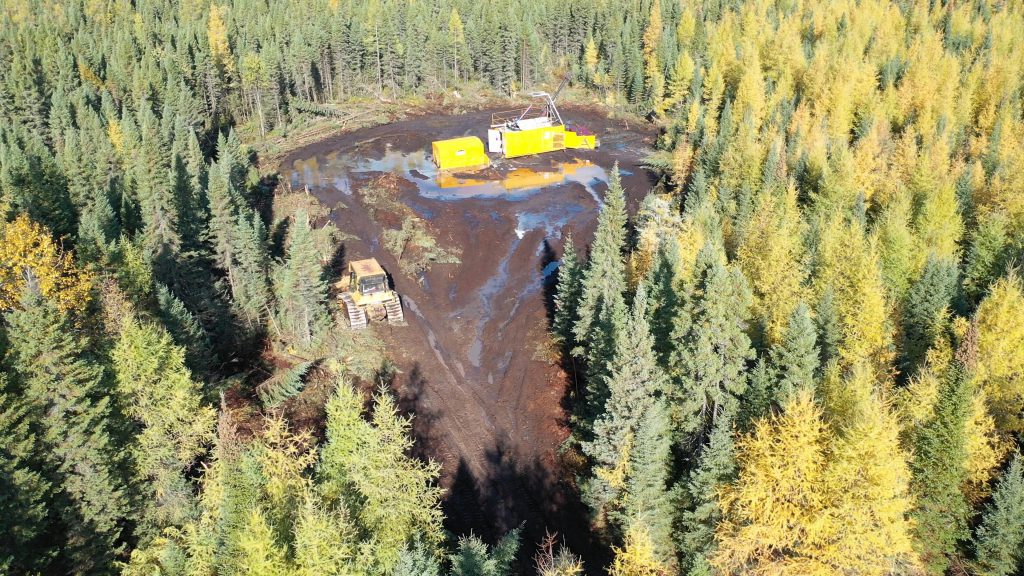Canada Nickel expands footprint in Ontario with 13 new properties


Canada Nickel Company (TSX-V: CNC) has concluded 18 separate transactions resulting in the outright acquisition or earn-in to 13 additional target properties within a radius of 95 km of the company’s flagship Crawford nickel sulphide project.
The move consolidates the Toronto-based nickel producer’s position in the Timmins area of Ontario, where Canada Nickel plans to base large-scale operations.
“The acquisition of these highly prospective target properties represents a transformational milestone for Canada Nickel, “ CEO Mark Selby said in the statement. “These properties have combined target structures 40 times the scale of the structure which hosts our current Crawford main zone resource.”
The company said that ten of the properties it has acquired have larger footprint than Crawford and nine are confirmed to contain the same host mineralization as Crawford, a proposed open pit mine and mill that will produce both nickel and magnetite concentrates over a mine life of 25 years.
Canada Nickel highlighted the Sothman property, which holds roughly 190,000 tonnes of 1.24% nickel, and it’s located near existing infrastructure.
“We’re talking district-scale potential that would make this the largest base metal mine in Canada once it’s ramped up,” chairman and chief executive Mark Selby said in a May interview. “We’d be the largest single nickel sulphide mine in the world outside Russia. We’ll be bigger than [Vale’s] Voisey’s Bay. This is a pretty significant project.”
Canada Nickel has been on a buying spree this year. In April it had acquired six nearby properties owned by Noble Mineral Exploration.
Part of the company’s medium-term plan is to become a zero-carbon nickel, cobalt and iron ore producer by using technology developed by its wholly-owned subsidiary NetZero Metals.
Rather than inventing a new process or equipment to achieve such a goal, the Canada firm is exploring the use of various existing alternatives in the mining, milling and processing of mineralized material. These will include electric rope shovels and trolley trucks that use electricity rather than diesel wherever possible, along with a natural mineral carbonation approach for the deposition of waste rock and tailings during mining to allow material to absorb CO2.
Being a zero-emissions nickel producer would potentially put the company on Tesla’s radar. The co-founder and CEO of the electric vehicles maker, Elon Musk, offered last year a “giant contract for a long period of time” to any firm able to extract the battery metal in an efficient, environmentally sustainable manner.
Analysts and industry actors alike expect the market for battery-grade nickel to be in a tight balance in the next two to three years as demand from lithium-ion battery producers picks up.
This article first appeared on www.Mining.com.
Comments
Kai Sobstev
very good article